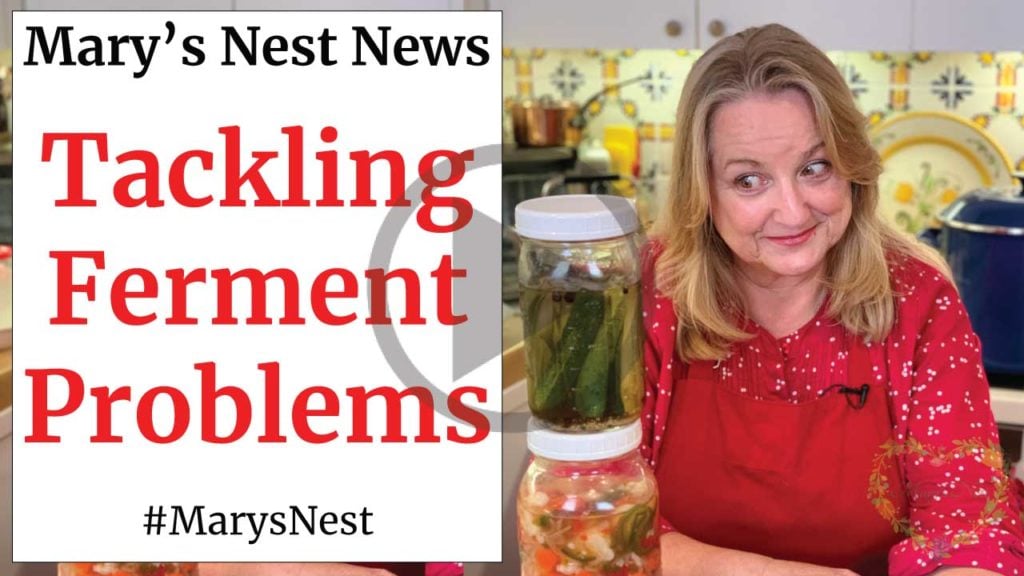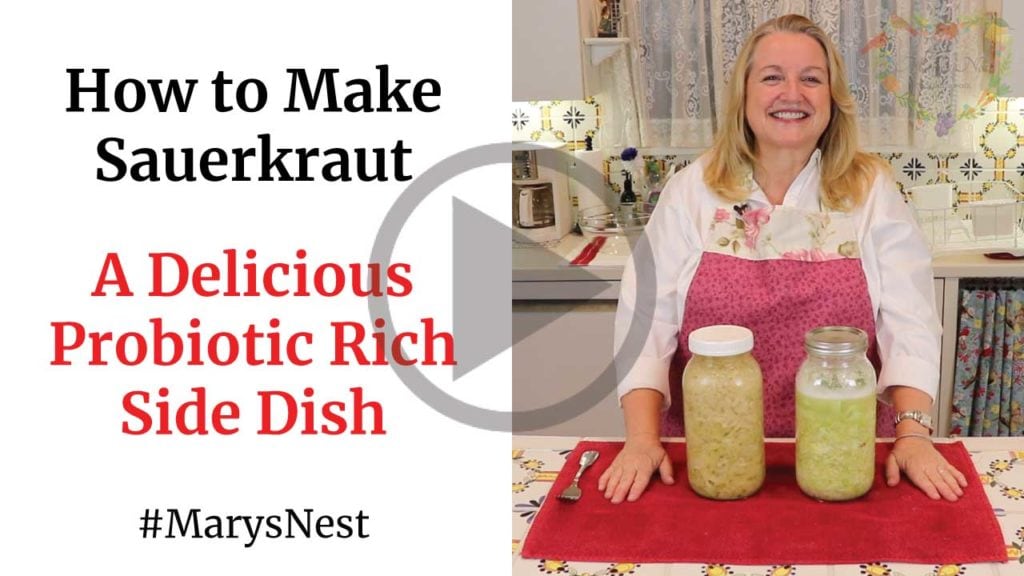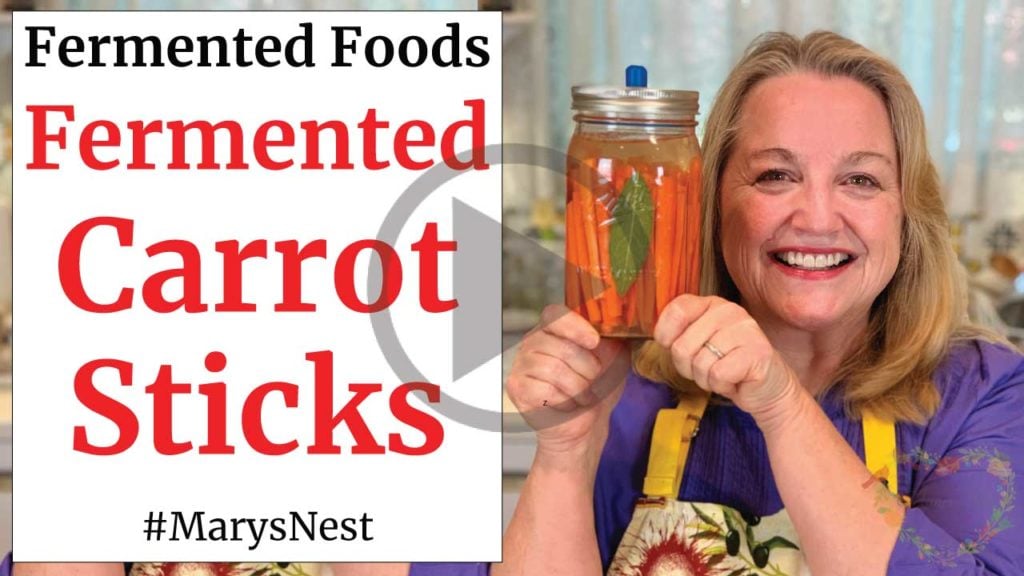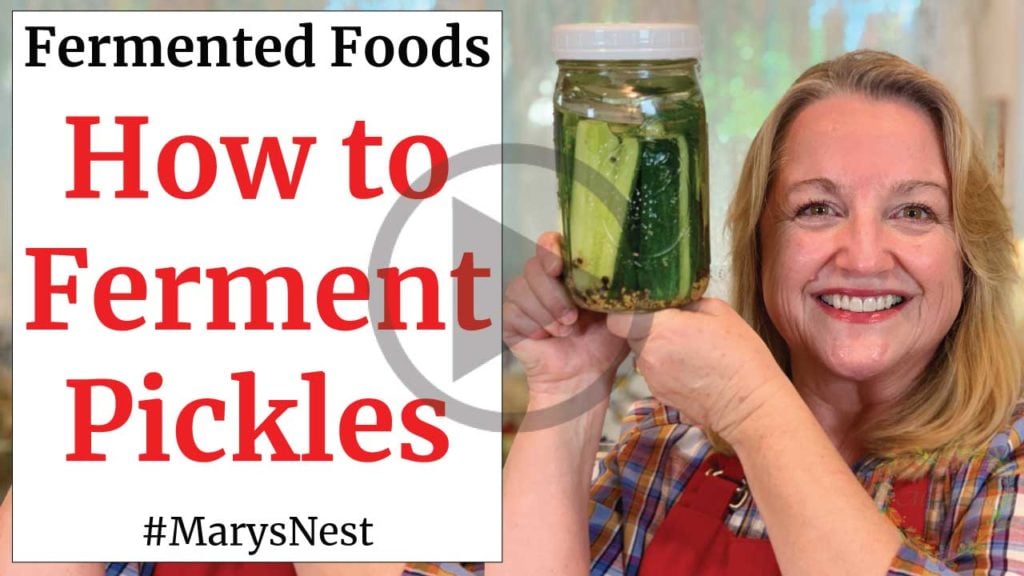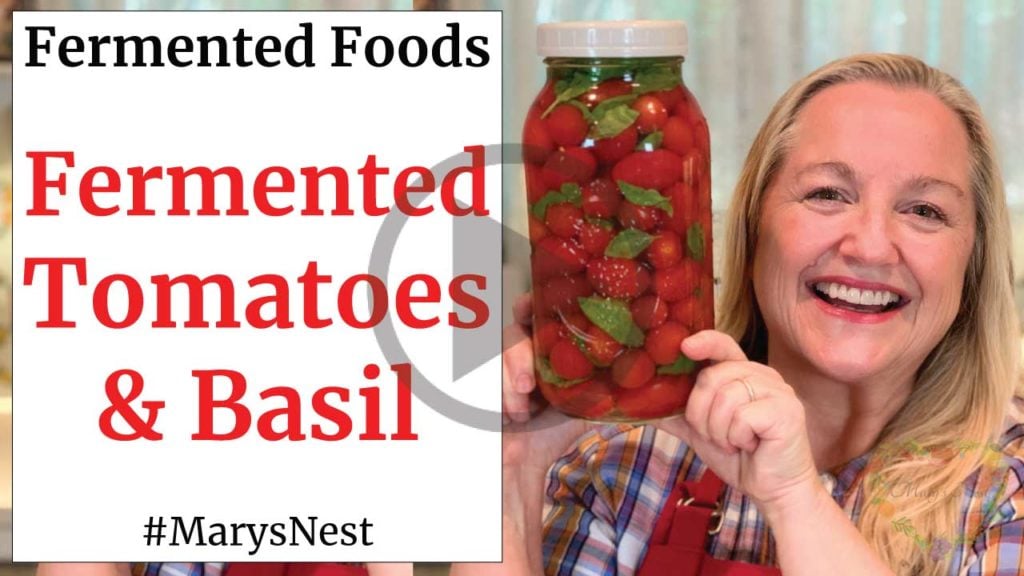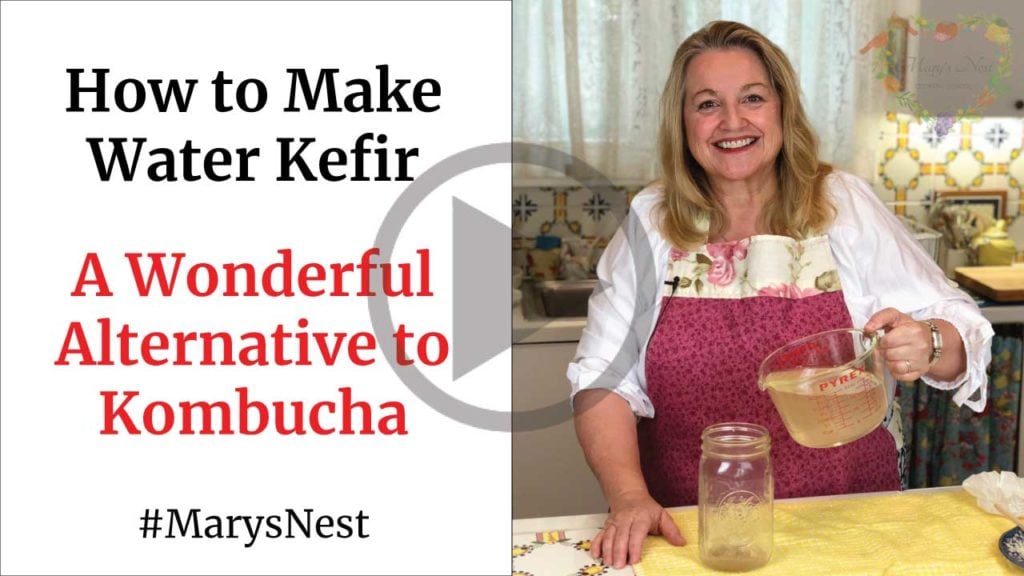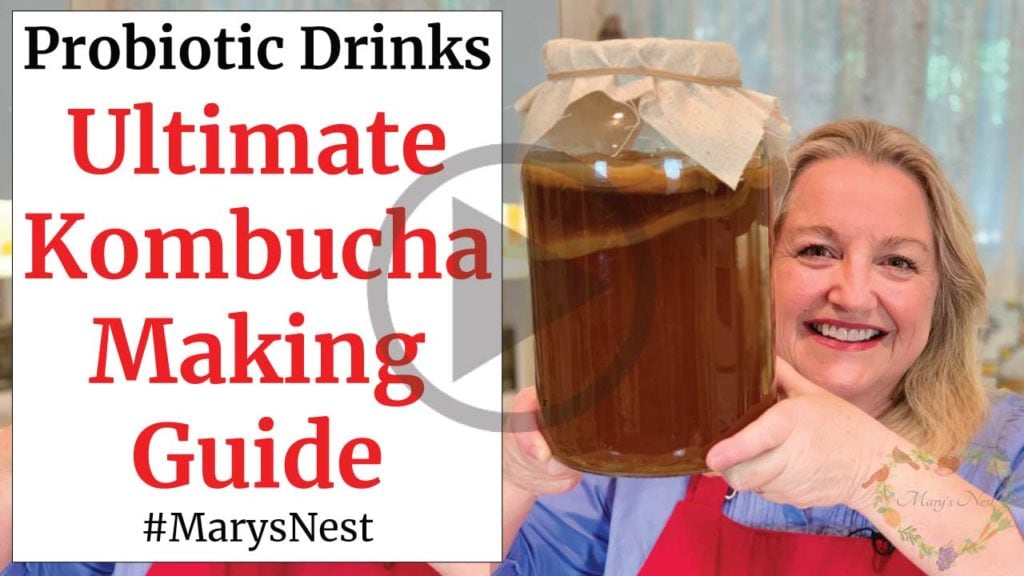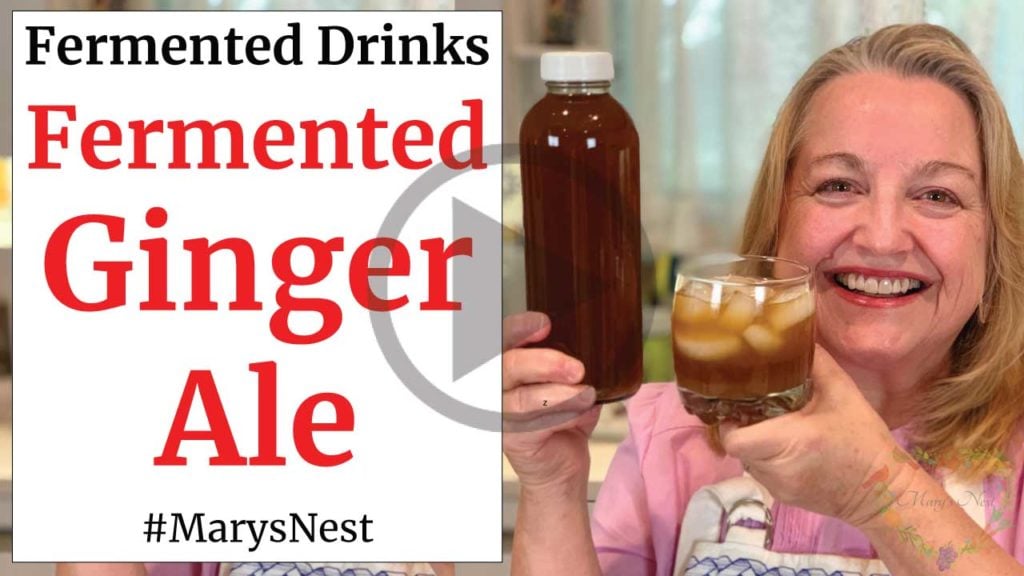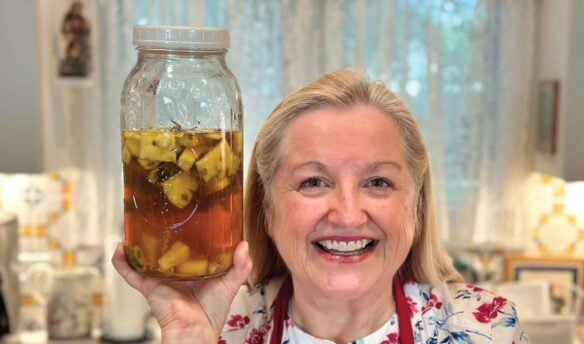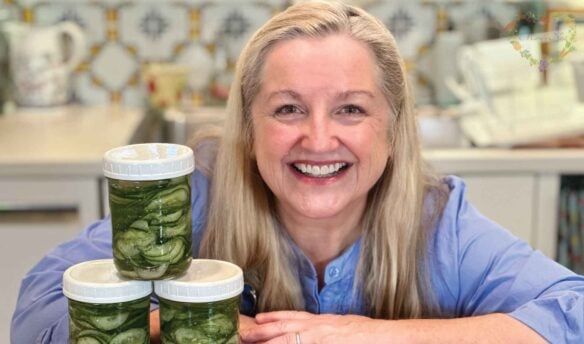Affiliates note: As an Amazon Associate I earn from qualifying purchases. My content may contain affiliate links to products and services. If you click through and make a purchase, I'll receive a small commission. It does not affect the price you pay.

I was happy to chat with my sweet Kitchen Pioneers during this month’s live stream on July 28, 2022. Among our various live stream topics, we had a detailed discussion on how to successfully make fermented foods and beverages.
This live stream replay is available to Kitchen Pioneers who have joined my YouTube membership community—The Traditional Foods Kitchen Academy.
The Secret to Perfect Fermented Foods
When it comes to making fermented foods, you can get frustrated when things go wrong, especially when using fresh produce. I have been fermenting for years, and I understand how you feel.
You have often heard me say, “Ferments are persnickety.” And yes, they certainly are! But there are a few secrets you can follow to ensure success, and these include:
- Use water that is NOT chlorinated
- Use salt that is just salt. No anti-caking agents or other chemicals are allowed!
- Be sure that your ferment is placed in a room temperature area between 68°F and 72°F.
- Keep your ferment out of direct sunlight. It hates temperature fluctuations!
For more fermentation tips, be sure to watch my How To Ferment Vegetables Successfully video.
What Fresh Produce Makes the Best Fermented Foods for Beginners?
If you’re new to fermentations, try making the following fermented foods:
- Sauerkraut
- Fermented carrot sticks (or coins)
- Pickles
When it comes to fermenting fresh produce, you can’t go wrong with turning cabbage into sauerkraut. This vegetable ferment is one of the easiest to make.
After you’ve had experience making sauerkraut, try fermenting carrot sticks (or carrot coins).
Next, get some cucumbers and create some of the crispiest pickles you’ve ever had.
After making sauerkraut, fermented carrots, and pickles, you will have gained a wealth of experience and enjoyed some delicious recipes. In addition, you’ll be impressed at how you’ve become a successful fermenter!
Bonus: If your garden has a bounty of cherry tomatoes and basil this summer, be sure to try fermenting them together. Fermented cherry tomatoes and basil are delicious and make the perfect topping for toasted slices of a baguette!
What’s the Easiest Fermented Beverage for Beginners?
If you are entirely new to fermented foods, you can start your fermentation journey with fermented beverages. They are fairly easy to make and relatively predictable. Well, let me say that some are simply easier to handle than others.
When fermenting beverages, one of my favorites to make is water kefir. I shared during the live stream that making water kefir is easy and predictable. In addition, I find working with the little water kefir grains much easier than dealing with a large, unwieldy, fast-growing kombucha SCOBY (Symbiotic Culture of Bacteria and Yeast).
A Kombucha SCOBY Can Be Harder to Handle
Making kombucha isn’t necessarily difficult, but the larger kombucha SCOBY can be harder for beginners to handle than the smaller grains used for water kefir.
Because it grows so fast, a kombucha SCOBY can get out of control very quickly! Thriving on the caffeinated tea, little SCOBYs grow from tendrils under your older SCOBY. Before the older and newer SCOBYs can fill up your kombucha jar, you’ll need to break off the newer SCOBYs from the older ones.
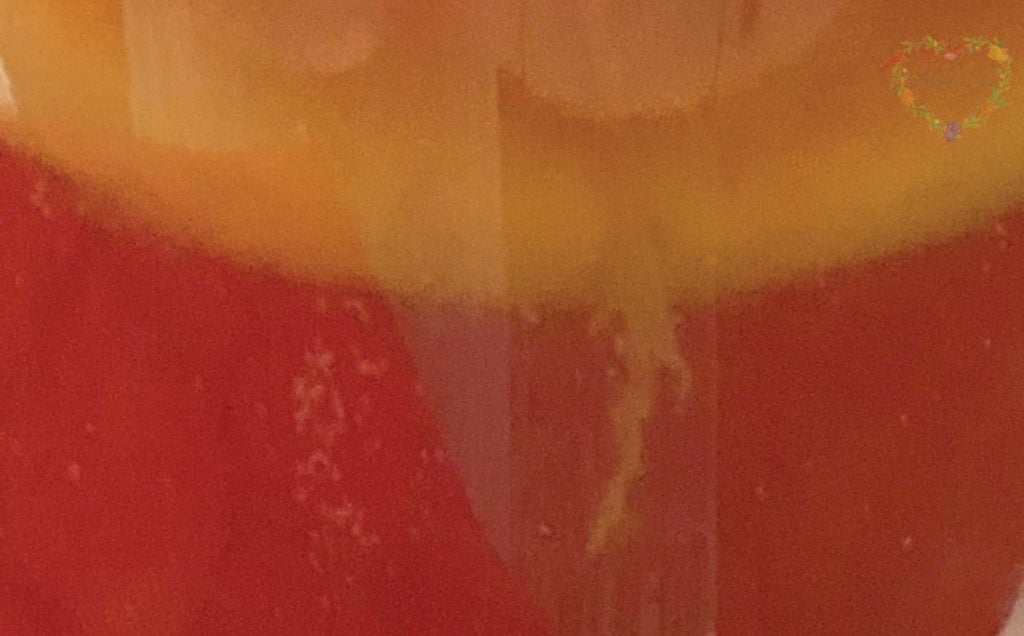
You’ll keep the new SCOBYs to continue your kombucha making. But what about the old SCOBYs? You can pass them on to your friends so they can create homemade kombucha too.
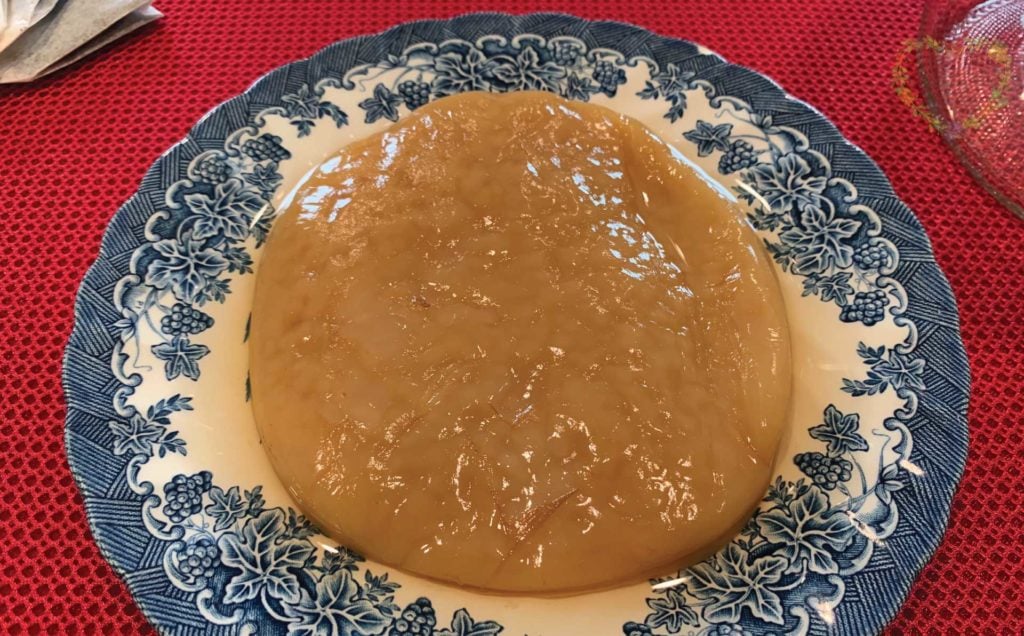
However, at some point, you’ll run out of people to share your older SCOBYs with, so you may need to start passing them on to your compost bin. (Your garden will be quite happy about all the nutrients SCOBYs will add to the soil!)
If you are feeling a bit adventurous, watch my ultimate kombucha making guide and get started making this fermented beverage. (And you can see that huge SCOBY in action!)
Water Kefir or Kombucha?
The bottom line is that I simply prefer the caffeine-free and mildly effervescent flavor offered by water kefir. Plus, you can always do a second ferment with your water kefir using fresh fruit to make a delightful fruit-flavored water kefir.
What’s the Easiest Homemade Soda for Beginners?
If, after making water kefir, you decide that you would like to expand your repertoire of fermented beverages, be sure to try making homemade soda. It’s easy!
Homemade soda is actually a fermented beverage. First, make a ginger bug, which is a mixture of fresh ginger, sugar, and water. Next, use that ginger bug to make the soda of your choice. Homemade ginger ale is the perfect place to start!
Traditional Foods Kitchen Academy Live Stream
These live streams and live stream replays are available to members of the Traditional Foods Kitchen Academy, who we call Kitchen Pioneers. You can learn more about my optional YouTube membership community, including members-only videos and exclusive perks.
This membership community is optional. I’m still publishing my weekly detailed instructional cooking videos on my public YouTube channel that you can watch for free. (Thanks so much for being a Sweet Friend and subscriber!)
In addition to links to the latest Kitchen Academy vodcasts, this blog post lists some of the public videos that I talk about in my live stream.
Join My Next Traditional Foods Live Stream
These live streams are a lot of fun, and I enjoy getting to know more about you, my wonderful Kitchen Pioneers. 😊
Be sure to bring your questions for me to our live streams. You can also get to know the other members in our Kitchen Pioneers community. You’ll find a lot of fellow Kitchen Pioneers who are working on sourdough starters, ferments, and more traditional foods recipes, just like you!
Remember that you’re always welcome to post questions and comments on my videos at any time, and I’m glad to reply.
More Kitchen Pioneer Videos
In addition to live streams, I publish exclusive videos for my membership community. In case you have missed any of my past videos, be sure to catch up with the videos below.
- Traditional Foods Kitchen Academy video playlist (Optional Membership Community)
Here are a few of my previous member videos:
Stay in Touch with Mary’s Nest
- Subscribe to My YouTube Channel for Traditional Foods Videos (Free) - When you subscribe, be sure to click on the notification bell that will let you know each time I upload a new video.
- Subscribe to Mary’s Traditional Foods Newsletter (Free) - Get a free 36-page eBook for signing up: How to Stock Your Essential Traditional Foods Four-Corners Pantry.
- Join the Traditional Foods Kitchen Academy (Optional Paid) - For more detailed videos and exclusive members-only perks, join my YouTube membership community.
- Order The Modern Pioneer Cookbook (Optional Paid) - Get a printed book of Mary's nourishing recipes from a Traditional Foods Kitchen. This bestselling cookbook is published by Penguin Random House with their DK imprint.
I look forward to having you join me in my Texas Hill Country Kitchen!
Shop for items used in this blog post or video
Favorite Kitchen Supplies
- Favorite Aprons
- Chef’s Knife
- Bamboo Cutting Board
- Lodge Cast Iron Frying Pan
- Scanpan
- Spatula Spoon
- Whisk
- Large Stock Pot
- Stainless Steel Colander
- Large Measuring Cup
- Stainless Steel Measuring Cups and Spoons
- Baking Sheet
- 2-Cup Glass Storage Jars with Lids
- 10-Piece Glass Bowl Set
- Flour Sack Towels
More Kitchen Supplies with Promo Codes
- Mockmill Grain Grinder and Whole Grains (including Einkorn, Emmer, and Spelt)
Learn more about Mockmill electric grain mills for making fresh flour and their Flake Lover's Flaker that flakes whole grain in minutes.
Use promo code MARYSNST for a one-time 15% off Masontops and Breadsmart products on Amazon.com.
Amazon Shop and Shopping Guide
- Visit Mary’s Nest Amazon Shop
- Visit my Shopping Guide page
Get up to 15% off for stocking your Traditional Foods Pantry and equipping your Modern Pioneer Kitchen, including discounts from US Wellness Meats, Farmhouse Teas, Lehman's, Masontops, Cultures for Health, Survival Garden Seeds, Redmond Real Salt, Plan to Eat, and More!
